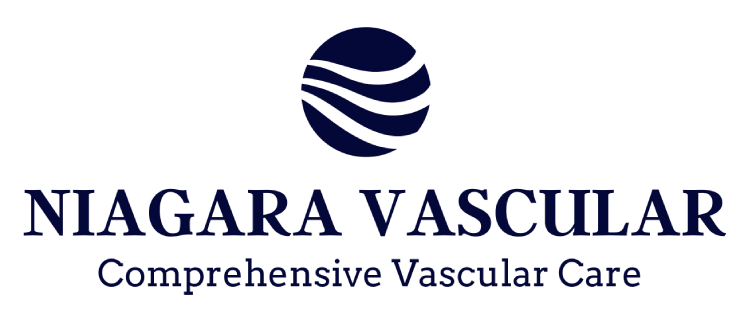Intro:
When blood clots form in the deep veins of the body, urgent diagnosis and treatment is often required to prevent a life threatening condition or life long symptoms.
Symptoms:
Patients suffering from a deep venous thrombosis can experience:
- Redness, pain and/or warmth of the affected limb
- Constant swelling of the affected limb
- New onset shortness of breath/chest pain with exertion
Risk Factors:
Risk factors for developing deep venous thrombosis include:
- Trauma or injury to the arm/leg
- Prolonged immobility (ie after surgery, or due to deconditioning)
- Previous episodes of deep or superficial venous thrombosis
- Family history
Diagnosis:
Deep venous thrombosis is often suspected based on history/clinical examination and diagnosed with an urgent non-invasive venous ultrasound study. A CT scan of the chest may be necessary if a pulmonary embolism is suspected.
Treatment:
Urgent treatment with an oral blood thinner is often required to treat new DVTs. In some situations, surgical removal of the blood clot is necessary if the blood clot is quite extensive. Temporary management of symptoms include:
- Anti-inflammatory medication such as Ibuprofen
- Compression stocking use
- Leg elevation
- Topical cold compress


 in CA by O360®
in CA by O360®